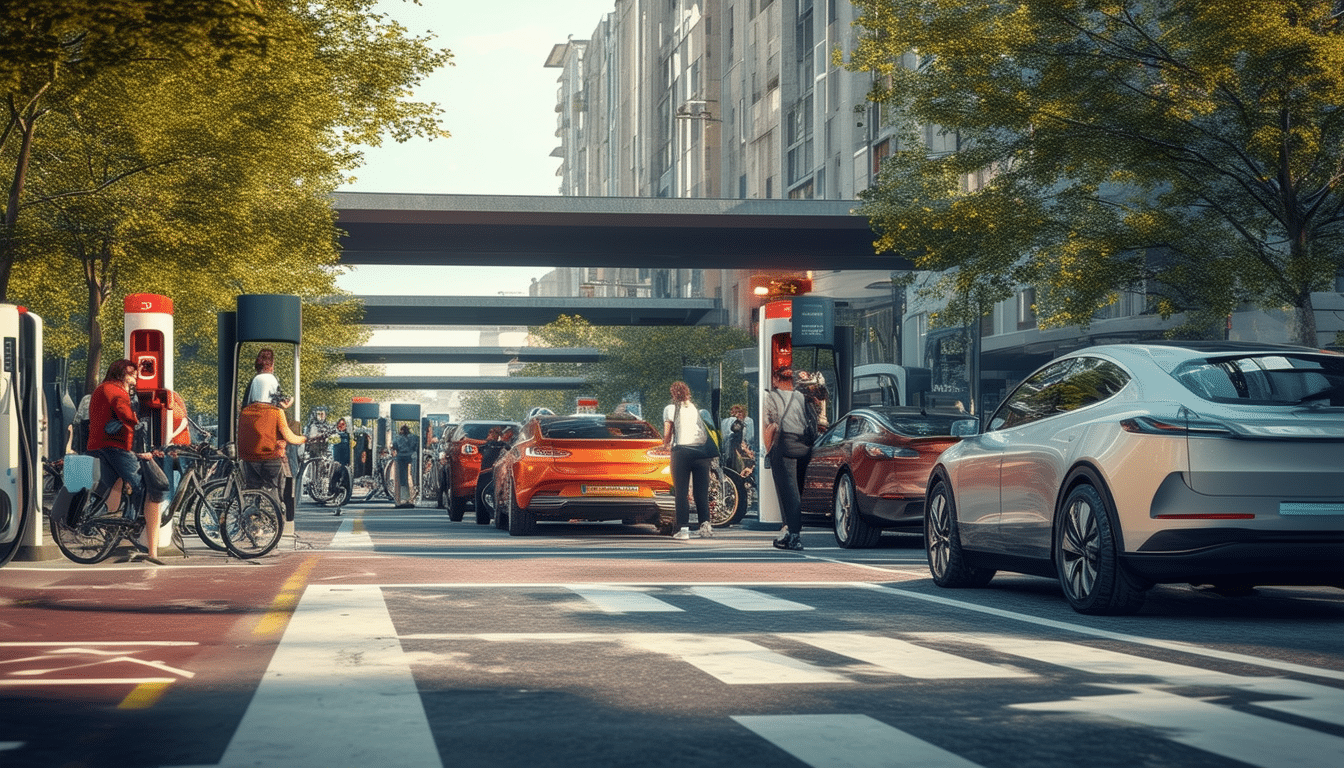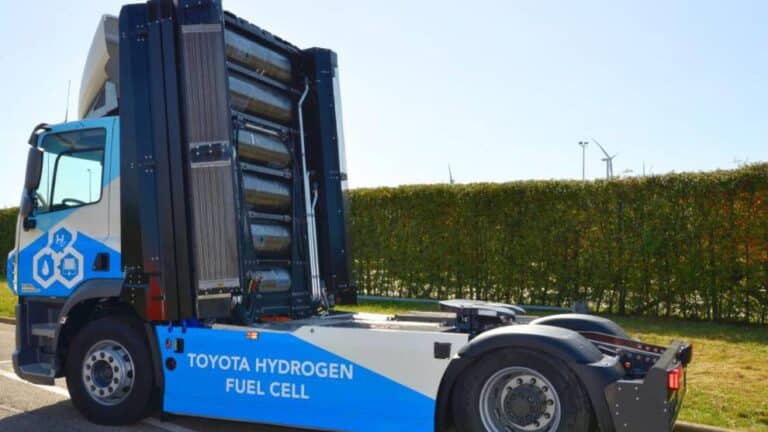From the ECO label to category C: The definitive transformation of the DGT that will impact mobility

The General Directorate of Traffic (DGT) is facing a crucial transformation in its environmental label classification system, a change that promises to significantly alter mobility in Spain. Currently, the use of labels such as ECO and C serves to differentiate energy efficiency levels of vehicles, but the new proposal could reformulate this classification, focusing more on real emissions than on the technology used. This possible modification could lead many ECO label vehicles, which allow circulation in restricted areas, to fall into category C, altering the urban mobility landscape and generating uncertainty about the future of certain hybrid technologies.
The use of environmental labels by the DGT, used to classify vehicles according to their ecological impact, is about to experience a significant change. With the potential implementation of new regulations, it is expected that vehicles currently classified under the ECO label, which mainly encompasses hybrids and gas-powered vehicles, could be relegated to category C. This change promises to reconfigure the way drivers perceive their mobility options and their implications in the city.
Current classification of environmental labels
The traditional system of the General Directorate of Traffic (DGT) classifies vehicles into different categories: without label, B, C, ECO, and Zero. This classification is mainly based on the type of technology used, dividing vehicles into two large groups. On one hand, those that will carry B and C labels, including gasoline and diesel cars, and, on the other, those with ECO and Zero labels, reserved for hybrids and electric vehicles, respectively.
Criticism and pressures for necessary change
Since its implementation, the labeling system has been subject to criticism. Many entities and drivers have expressed their discontent, pressuring the DGT to review the classification method. The main complaint is that the classification is based more on engine technology than on real emissions. This discrepancy has led to paradoxical situations where vehicles under the ECO label can, under certain conditions, emit more than those classified as B or C.
Impact on Low Emission Zones
The creation of Low Emission Zones (LEZ) has added a layer of complexity. In many cities, vehicles without a label or those with B and C labels are experiencing circulation restrictions. However, with the pressure for the DGT to adopt a new criterion focused on real emissions, it could improve the situation for these vehicles but disadvantage many with the ECO distinction.
The repercussions of revaluating ECO to C
If this change is implemented, cutting the privileged status of the ECO label would have significant consequences. It is expected that cars known as Mild-Hybrid, which combine a combustion engine with an electric one, will lose their ECO classification. This could affect up to 8 out of every 10 new cars currently considered light hybrids, placing them under category C if their emissions do not justify their current classification.
Pros and cons of the new regulations
Among the positive aspects of a regulation focused on emissions would be the creation of better alignment between LEZ restrictions and vehicles that actually contribute to urban pollution. On the other hand, there is concern about how this change will affect the marketing of new vehicles coming to market, as the regulation is not expected to apply retroactively to vehicles already classified.
Looking to the future
The DGT is at a critical point where the evolution of its policies will greatly impact urban mobility and the perception of sustainability. While the redefinition of the ECO label could create a fairer classification system, it also requires careful consideration to avoid disincentivizing progress toward less polluting technologies.
The evolution that redefines the future of environmental mobility
The decision of the General Directorate of Traffic (DGT) to review and modify the classification of environmental labels represents a fundamental change that will transform the landscape of mobility in Spain. This transformation will not only impact manufacturers and distributors of automobiles but will also significantly affect drivers and urban mobility strategies.
The proposed change, which prioritizes real emissions over technology or registration year, reflects an evolution toward stricter regulations focused on environmental sustainability. If approved, it could reduce the number of vehicles considered hybrids under the ECO label, relegating them to category C if they do not meet the most stringent emission standards.
The rethinking of the ECO labels not only seeks greater environmental coherence but aims to incentivize a technological evolution in vehicle design, encouraging manufacturers to develop cars with genuinely low emissions. This will create a challenge for light hybrids and Mild-Hybrid vehicles, which may lose their privileged classification.
On the other hand, urban mobility will need to adapt to this new reality. The Low Emission Zones, already in effect in many cities, will prevent access to a larger number of vehicles, forcing owners to update their cars or use other sustainable means of transport.
Finally, the transition from the ECO label to category C demands economic and logistical adjustments that consumers will need to consider. While some may feel disadvantaged by these measures, there is no doubt that the direction toward lower urban pollution reflects a crucial advance for the environment. This change marks the beginning of a new era in which sustainability and environmental responsibility are central protagonists.





